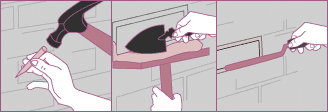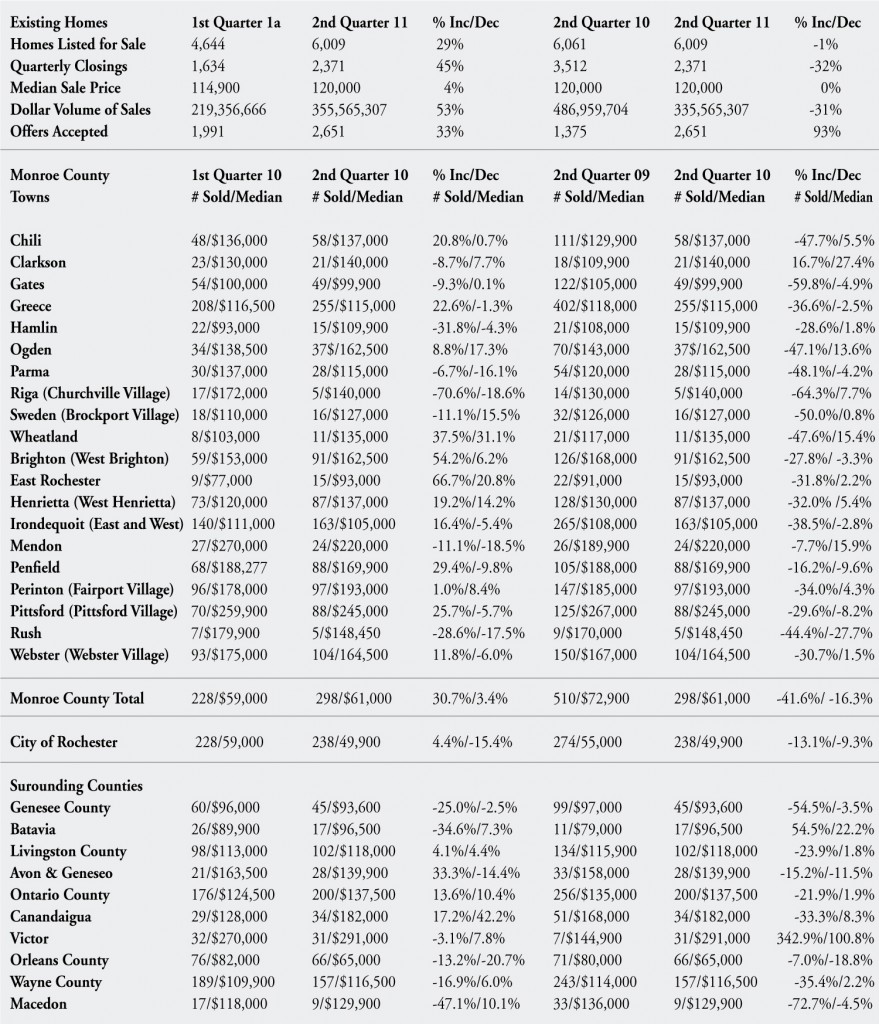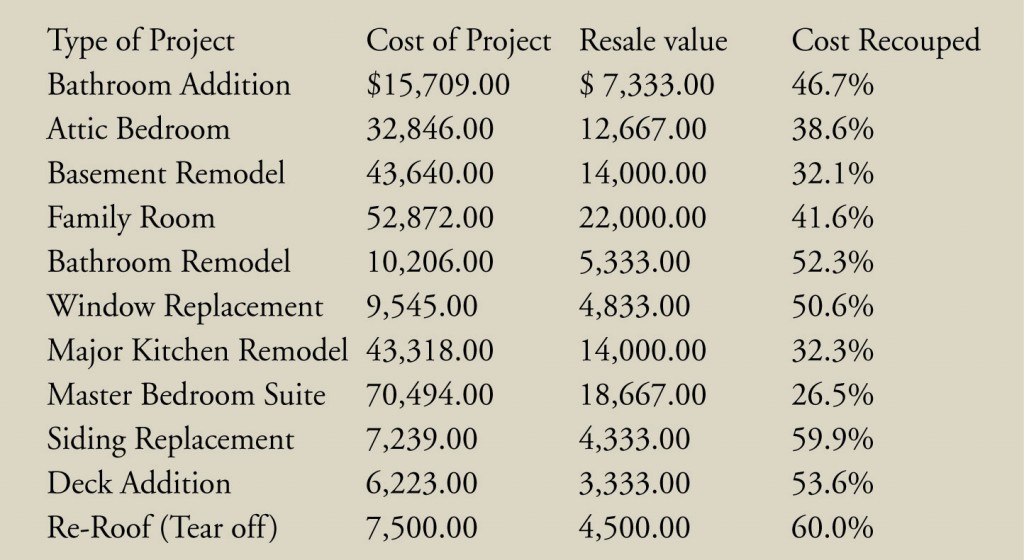By Rich Levin
Most of my articles are directed to Real Estate Agents. This one is directed to the Buyers and Sellers. In fact, if you are an Agent, please stop reading because this may upset you.
How does a Buyer or Seller choose a Real Estate Agent that will do the best job for them?
Don’t do this. At a picnic this spring someone said this to me, “My Agent didn’t do a very good job but we’ll probably use them again because we don’t know anyone else.” It shocked me. My standards for the people I hire to do jobs for me are much higher than that, particularly when large sums of money are involved.
Sellers: When selling your property you want an Agent that will do the following:
The Agent works hard to determine the market value. Market value is the highest price a Buyer may be willing to pay. Working hard means that they have done their computer research and then gotten in their car and driven by all the comparable properties, making notes to share with you.
Then the Agent analyzes that information to recommend to an initial asking price to you.
The Agent puts all the information into a form that makes it easy to share with you; so that it is easy for you to understand why the Agent is making their initial asking price recommendation. The Agent should be confident and persuasive about their recommendation but in the final analysis be clear that the decision of what price to ask is up to you, the Seller.
The Agent will show you a detailed marketing plan for your property that includes regular weekly updates and a face to face meeting within thirty days if the property is not sold by then. As important as the details of the marketing plan is the Agent’s demonstrating that they are responsive by computer, text, and phone to people inquiring about your property.
The Agent is competent to go through your property from top to bottom, front to back making recommendations of improvements and repairs that will add value and make your home sell more quickly. This is particularly important in a softer housing market.
The Agent’s marketing plan will include a discussion on how they will represent you through the negotiations, inspections, the Buyer’s mortgage approval process, appraisal, pre-closing walk through and closing. In other words assurance that once an offer is accepted on your home they stay attentive and involved until the proceeds are in your hands.
Is it important that the Agent live in the area of your property? Possibly, it is more important that they are competent and hard working as the above items demonstrate. It is completely appropriate to ask the Agent anything including whether they live in the area. On the other hand, always choose competence over familiarity.
Buyers: When buying a property you want an Agent that will do the following:
Set up an appointment before you start looking at homes. In that appointment:
Review with you all the paperwork involved in purchasing a home in your area and provide you a copy of the paperwork.
Review all the options and decisions regarding inspections, attorneys, title companies, lenders, repairs, and completely answer all of your questions.
Review, in detail, the process of house hunting, looking at homes, making an offer, negotiating the initial price and terms, completing inspections and negotiating issues that arise from the inspections; the attorney’s role and the current issues that may arise in the mortgage approval process; final inspections and closing process. In other words you want to have every question answered by the Agent, even ones you didn’t know to ask until the Agent raised your awareness.
The Agent needs to either review financing options with you or ensure that you have met with a mortgage lender so that you are confident and clear on the type of mortgage, the amount you can borrow, the payments, and the cash needed to complete the purchase.
At this initial meeting the Agent will also provide you the required information on Agency. The State requires the Agent to provide an explanation regarding their representation of your interests and the Agent’s relationship with you and other parties in the transaction.
The Agent will provide you will a full list of all the homes available in your price range and with the criteria you desire. They will review the information so that you understand unfamiliar abbreviations and Real Estate language.
They will then send you by e-mail and mobile the newest properties as soon as they hit the market.
They will make appointments for you to see homes that interest you. While showing you the home they will be there for support, make you comfortable to thoroughly look at the home, answer your questions, and alert you to any issues or problems that come to the Agent’s attention. I call it watching your back.
When you find a home in which you are interested the Agent will provide information on other homes for sale and sold to give you real data on which to base the price you will offer. This information becomes less necessary when you have seen many homes in the area, since you already have this data first hand.
The Agent needs to be in close communication with you as they handle your negotiation, the inspections, mortgage and other contingencies up through and after you have the keys to your new home
The Agent must be responsive to you when you need them or have another Agent available to help if and when they are not available.
How does a Buyer or Seller choose an Agent with this level of competence? Whether they are a friend, referred to you, contacted at an open house, over the internet, or you walk into their office, review the above criteria and ask how the Agent works. Listen and ask questions to discover whether providing the level of service described here is their normal way of doing business.
Warning: do not simply take another person’s recommendation. Take the recommendation but still look for the level of service and attention described here. It is a high standard. In fact it is an unexpected standard. So, even your best intentioned friends my not judge by this standard.
When you find that Agent, that measures up to this standard you will have found a professional that will be valuable to you for as long as you live in the community.
Rich Levin is a National coach and featured speaker to Real Estate Agents. His Clients are often the most productive and most respected because of their high standards of performance. Rich is President of Rich Levin’s Success Corps Inc. You can contact him at Rich@RichLevin.com or 585-244-2700.



